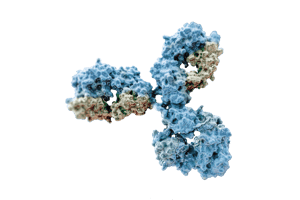
Application Brief
Solvents for Cleaning mAbs with Added Sugar or Other Solid Excipients
mAb samples with added sugar will leave excess sticky residue when not properly cleaned on your VROC viscometer. The following standard cleaning solvent sequence will minimize sticky sugar residue or other dried solid excipient residue:
- Primary: Formulation Buffer (e.g. 1X PBS) with 1 wt.% aquet or 1 wt.% TWEEN20
- Step 1: Remove sugar and other added solid excipients from the formulation buffer.
- Step 2: Add concentrated aquet or TWEEN20 to the formulation buffer until its concentration reaches 1 wt.%.
- Step 3: Stir for one hour to mix well.
- Secondary: DI water
- Tertiary (Enhancer): Acetone (isopropyl alcohol for Initium Model One) with > 99.5% purity
Removing sugars and other added solid excipients from the formulation buffer minimizes accumulation of sticky or solid residue on the instrument after each cleaning sequence. It is also important to ensure the formulation buffer is a good solvent for cleaning the tested samples. This can be done by mixing an equal volume of the buffer with the sample in a clear vial and checking for no precipitation (or no formation of visible solids).
The plot below shows the viscosity obtained with VROC® Initium One Plus for six separate samples of 150 mg/mL sucrose and mAb, each cleaned with the cleaning solvent sequence mentioned above. Here, we see the high repeatability of results (%RSD = 0.6) obtained when using good protocols and cleaning practices.
Using appropriate cleaning solvents is crucial for adequate cleaning of your VROC viscometer, allowing you to continue obtaining high quality measurements with minimal instrument downtime.
Measure 8 Samples in an Hour
Check out the VROC® Initium One Plus and learn how you can improve your viscosity data.
Want to Learn More?
Stay up to date with our most recent applications, webinars, news and events shared on our blog.






.jpeg?width=300&name=Woman%20scientist%2c%20documents%20and%20hands%20writing%20_575258496-min(1).jpeg)

